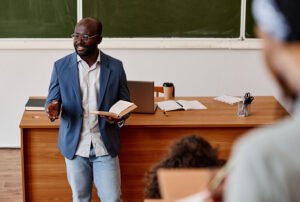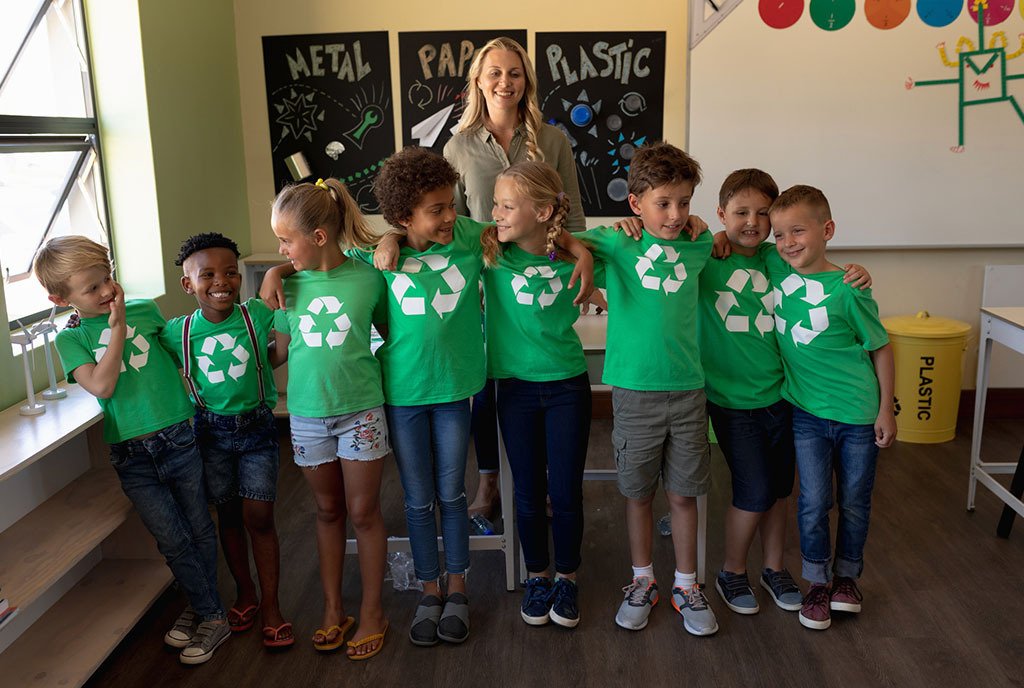December 2, 2016; Chicago Tribune
Our national consensus seems to be that all children should have access to schools that provide them with an excellent education even though we cannot always agree on how. Working against the goal of equity is the way our nation funds its schools. We spend a lot of money educating our children, about $620 billion per year. As important as it is to choose the best curricula or to figure out whether traditional public schools or market-based education is the better strategy, creating a funding mechanism for public education that provides the necessary level of funding for each child is even more important. It’s increasingly clear our current approach to raising and allocating funds for our schools has not led to reaching that goal.
While the federal government gets a lot of the headlines and has played a major role in the decades-long effort to improve public education, it is only a small part of the funding puzzle, contributing less than one out of six dollars spent on public education. Public education is not mentioned in the U.S. Constitution, but it is addressed in each of the 50 states’ constitutions. Traditionally, a large share of the financial burden and administrative authority has been delegated to more than 15,000 local school districts and similar entities. Funding from a national and state perspective can provide the ability to allocate resources based on educational need; local perspectives often ensure those with the greatest need have the least resources.
On average, states currently ask local districts to be responsible for more than 40 percent of the total public school bill. And local districts have one main place to go for funds: property taxes.
| School year | Total | Federal | State | Total Local | Local from Property taxes | ||
| 2009-10 | 651,265,154 | 82,990,496 | 282,682,301 | 285,592,357 | 44% | 230,236,423 | 81% |
| 2010-11 | 646,835,901 | 80,876,859 | 285,598,906 | 280,360,136 | 43% | 226,574,037 | 81% |
| 2011-12 | 621,825,212 | 63,360,837 | 279,815,914 | 278,648,462 | 45% | 224,472,444 | 81% |
| 2012-13 | 617,581,975 | 57,148,334 | 279,387,672 | 281,045,969 | 46% | 227,070,092 | 81% |
(All figures above in thousands of dollars.)
The Chicago Tribune recently took a close look at school funding in Illinois and provides a good case example of how this typical approach to school funding works against the interests of students with the greatest needs.
The reliance on local dollars also has exacerbated the unequal funding for schools, as wealthy districts pump in local revenue to spend more on students while less affluent districts can’t keep up. The gap in per-pupil spending has grown wider in Illinois: The highest-spending school district now spends five times more per student than the bottom district, based on 2015 data. A decade ago, it was about four times more.
Sign up for our free newsletters
Subscribe to NPQ's newsletters to have our top stories delivered directly to your inbox.
By signing up, you agree to our privacy policy and terms of use, and to receive messages from NPQ and our partners.
Illinois allocates state funds using a complex formula that tries to target funding in a need-based manner. At this, it does not succeed.
About 330 districts in all, including many that are less affluent, are getting at least 75 percent of revenue from property taxes and other local dollars, the state data show. In the massive Chicago Public Schools district, about $2.7 billion in local dollars made up 51.6 percent of school revenue in 2015, a relatively low percentage compared with that of many districts across the state. CPS gets more state dollars because of its high-poverty student population and large number of pupils, among other factors. In 2015 the district got about $1.8 billion from the state, and about $776 million from the federal government. Total state funding sent to CPS divided by the district’s student population show that state dollars provided $4,553 per student in the city school system, according to 2015 data. In contrast, New Trier received $742 per student in state dollars, Hinsdale 86 got $907 and Butler 53 collected $521.
This funding strategy allows Chicago Public Schools to spend more than $13,000 per student and New Trier Schools to spend almost twice as much.
Solving this problem in Illinois—and the 49 other states—requires a willingness to change the ways we raise and allocate what we spend on education, no matter how we choose to spend it. Placing a large part of the tax burden on local districts only builds resistance for school funding, particularly for those communities who are asked to locally fund most of the cost of their schools.
Bob Anderson, who owns a barbershop in McHenry County’s Wonder Lake and recently helped launch the Illinois Tax Revolution group, lamented the property taxes in his community. “It’s terrible,” Anderson said. “People are leaving my barbershop. They’re leaving Wonder Lake. […] They’re tired of these property taxes. Every five minutes someone is leaving the state because of property taxes.”
Like many residents, most of Anderson’s annual property tax bill is for schools.
If we really see education as an important, shared value, then we need a common pool of money that can be allocated based on need. If we can do that, we might start to see the results we all say we want.—Martin Levine













